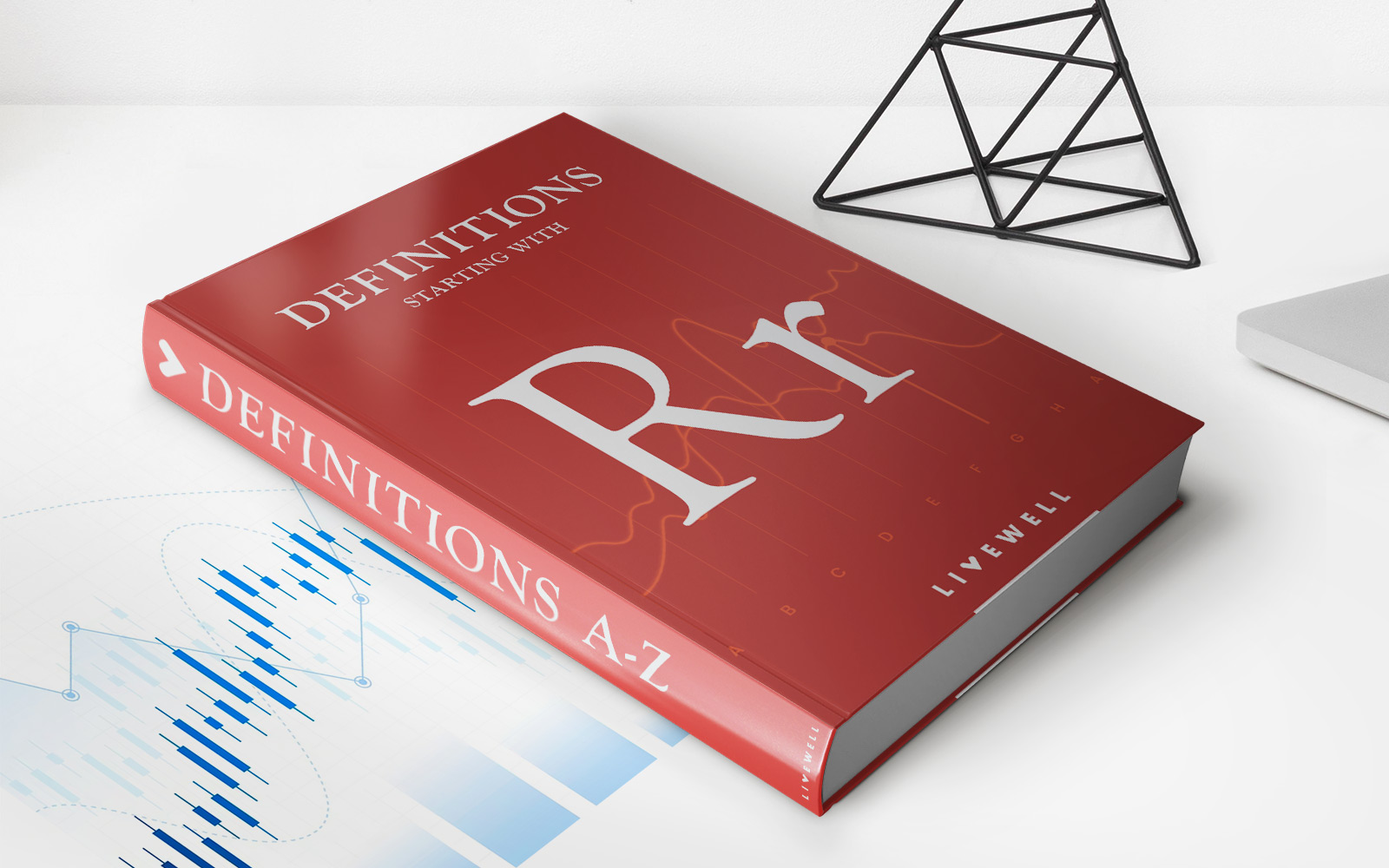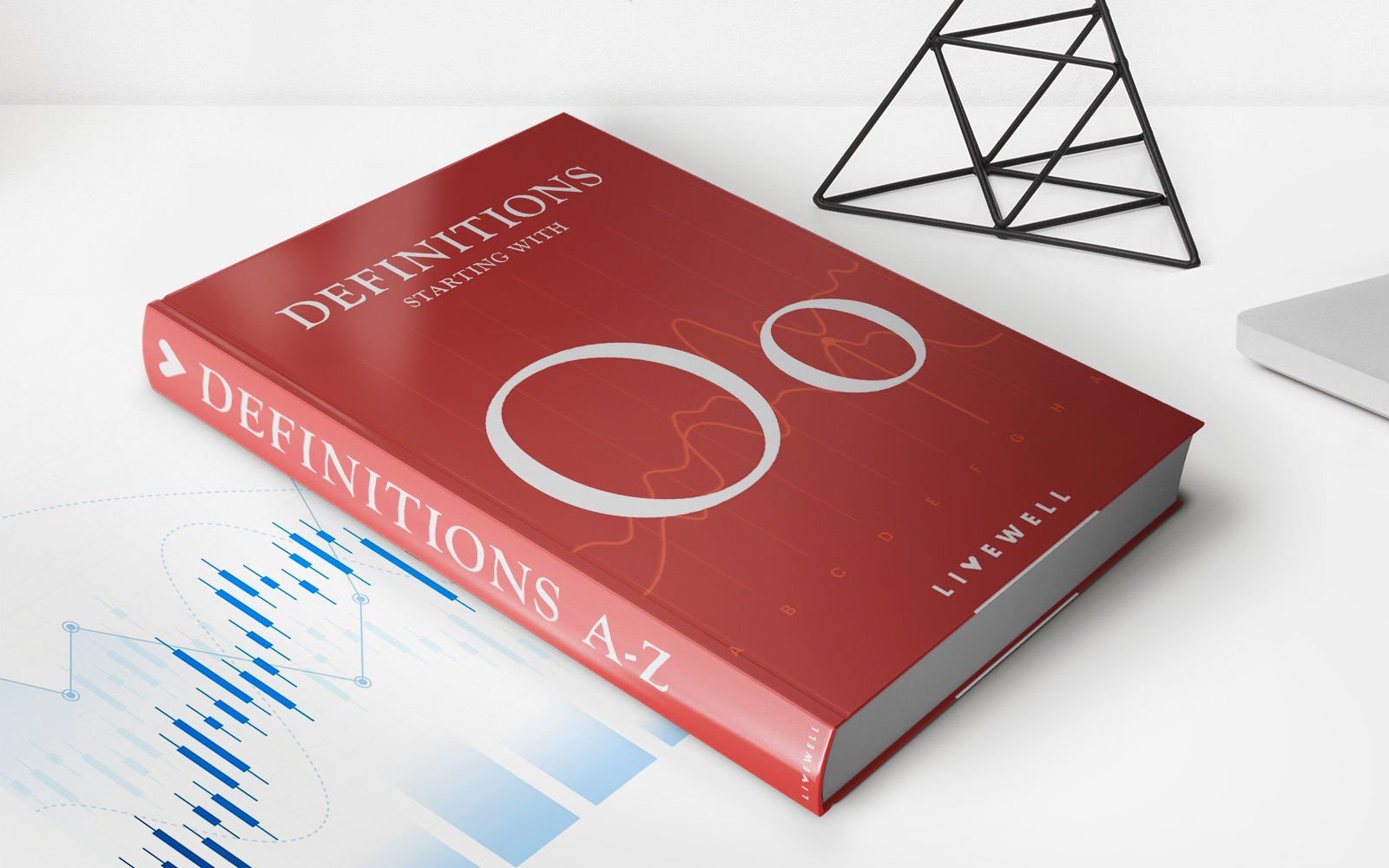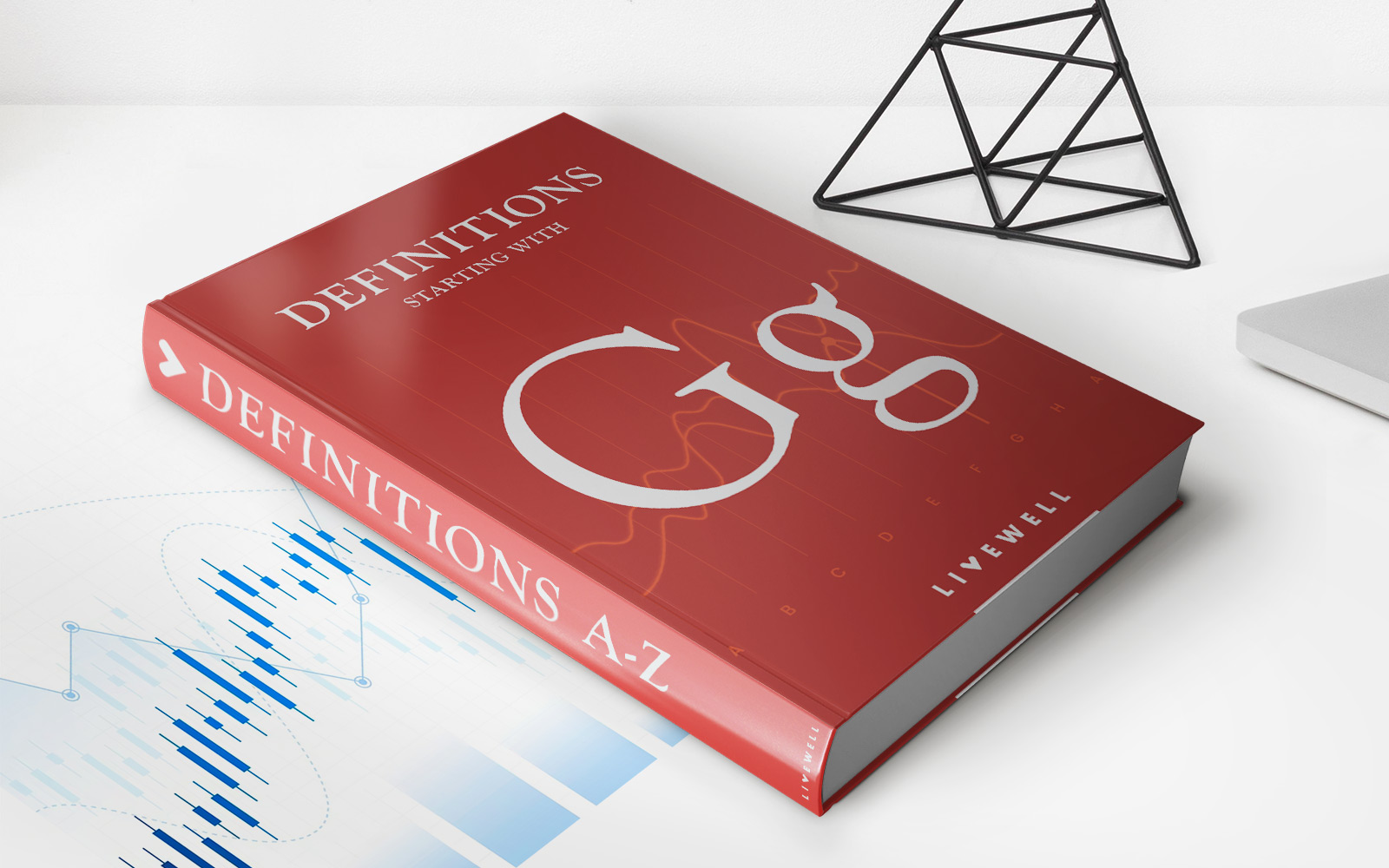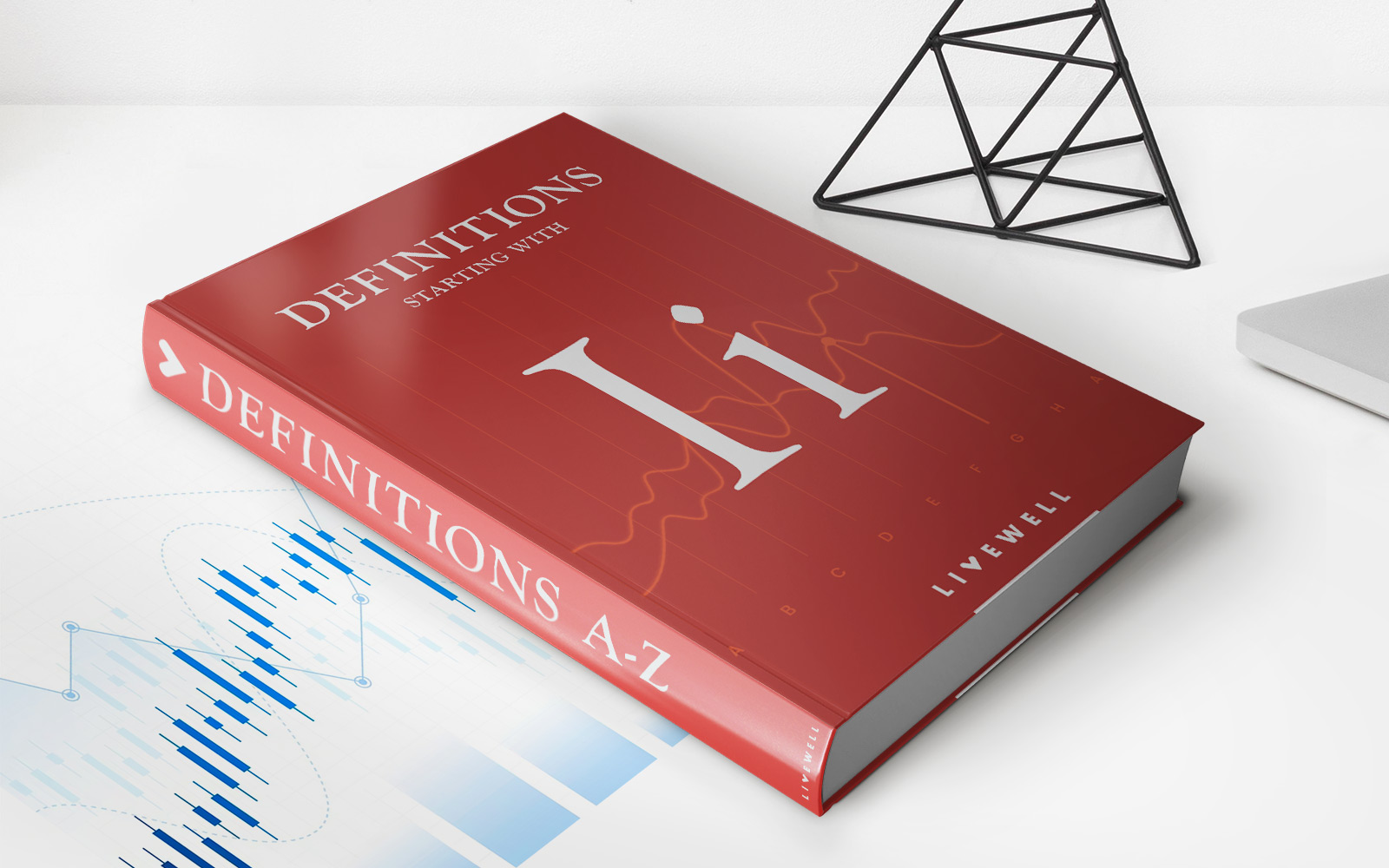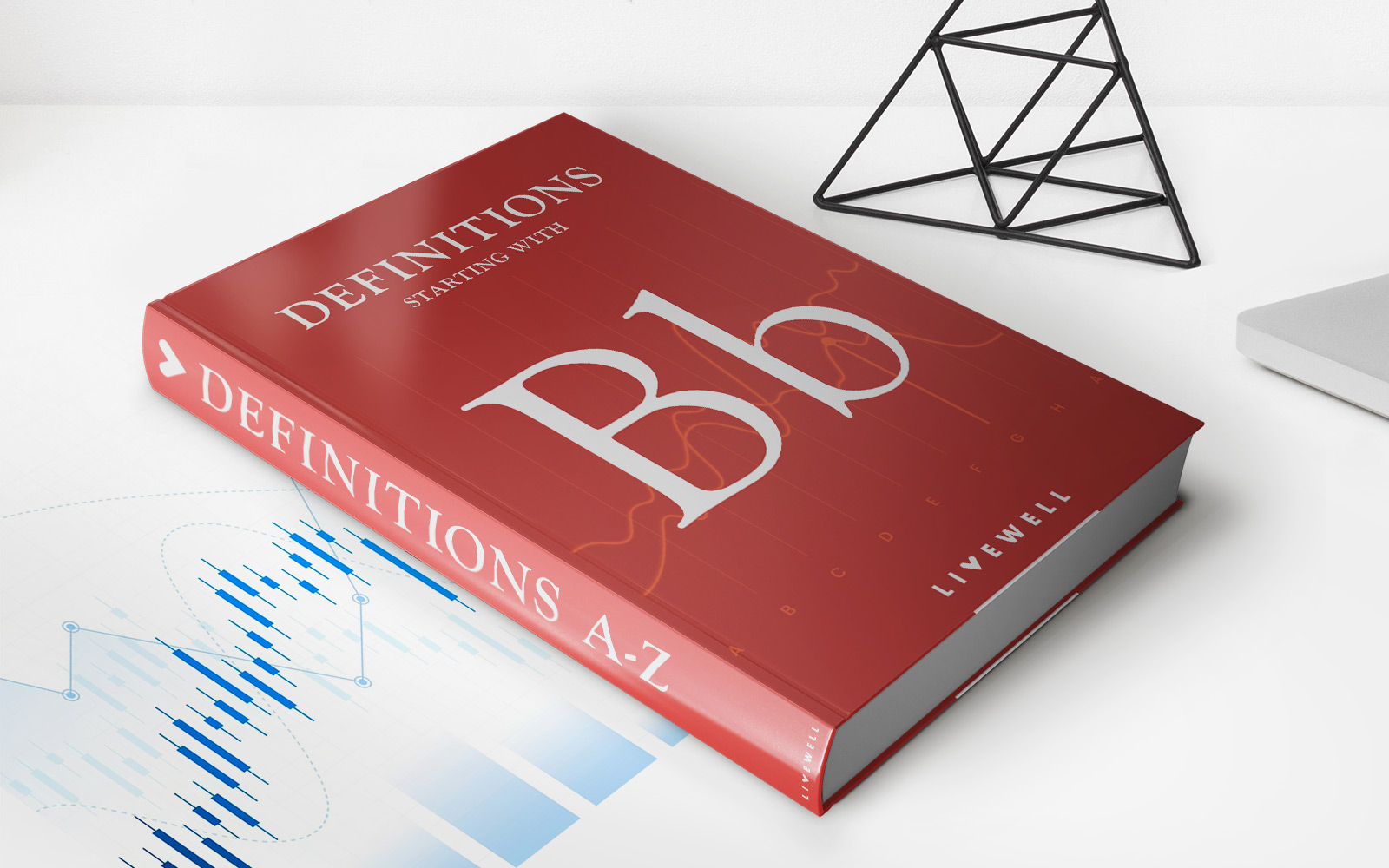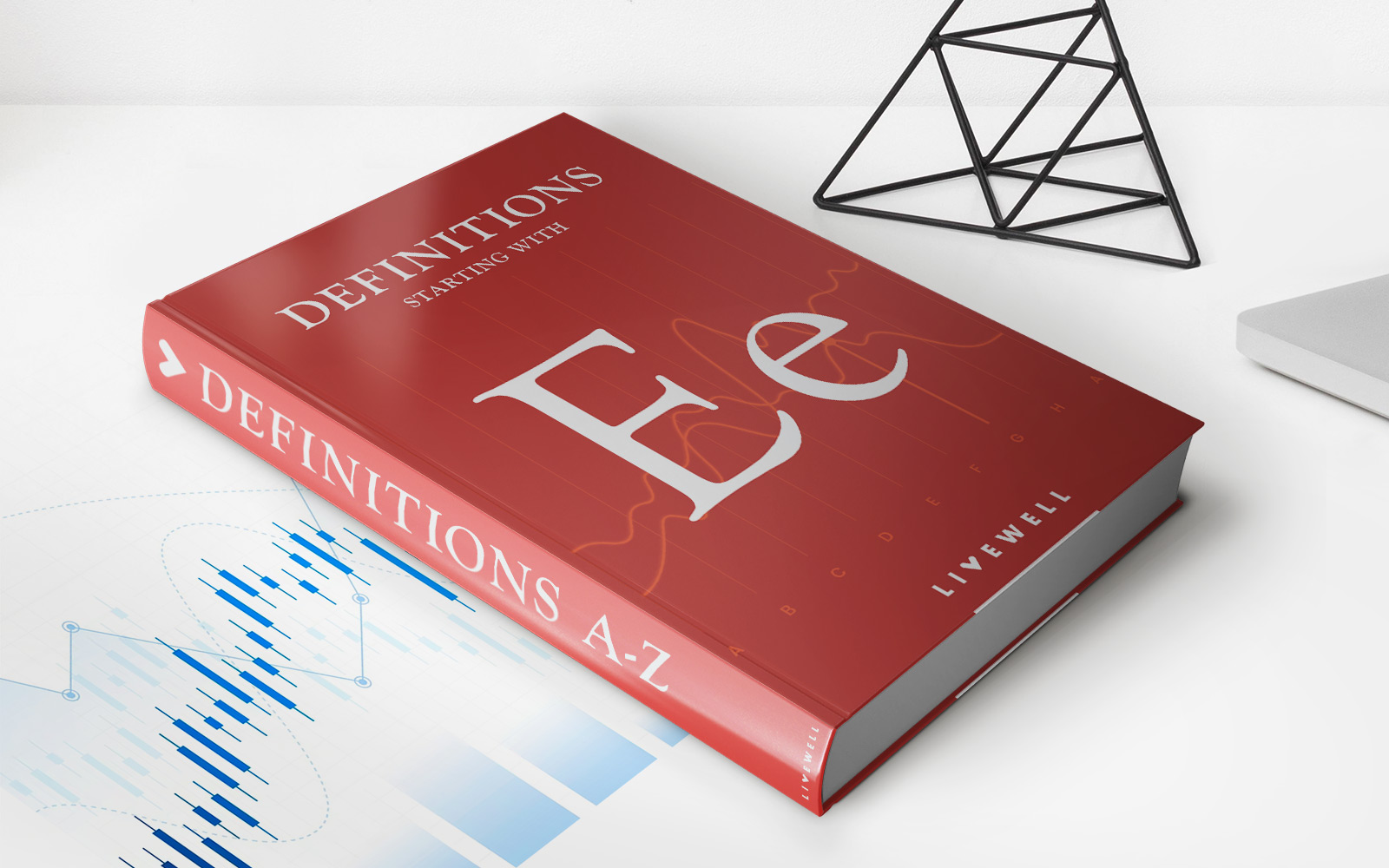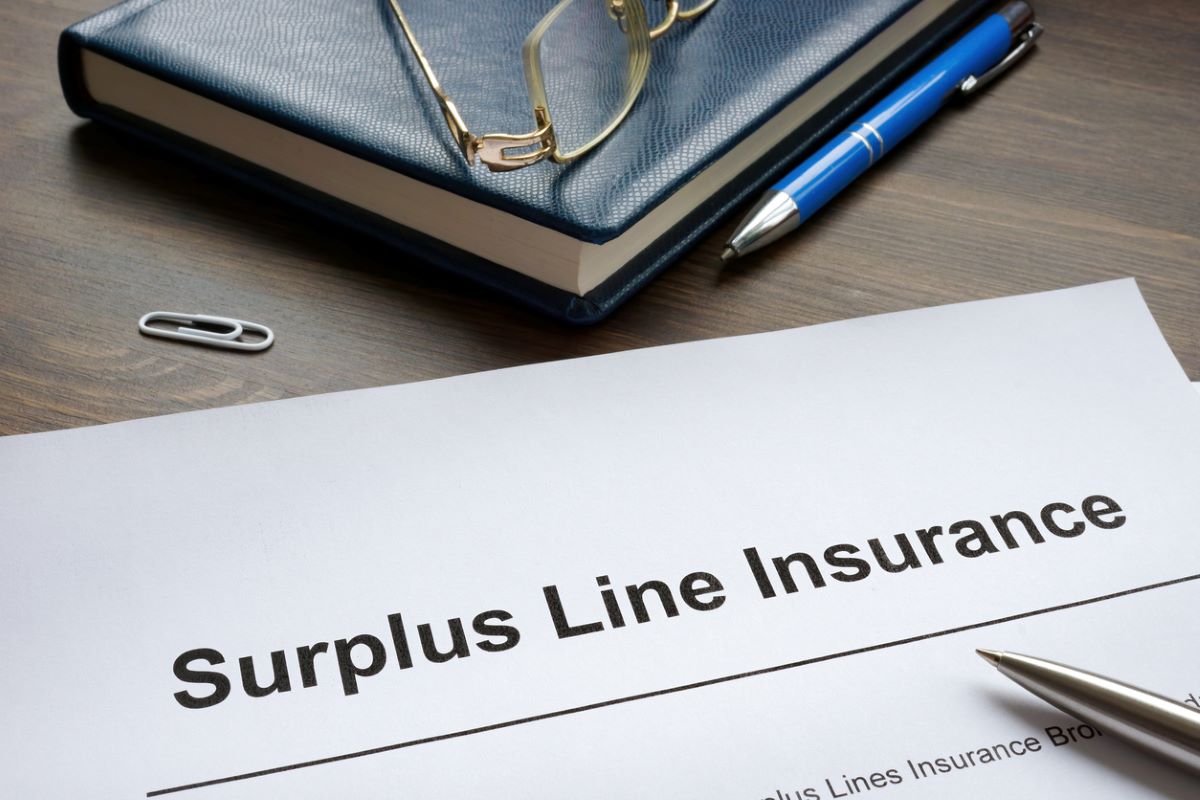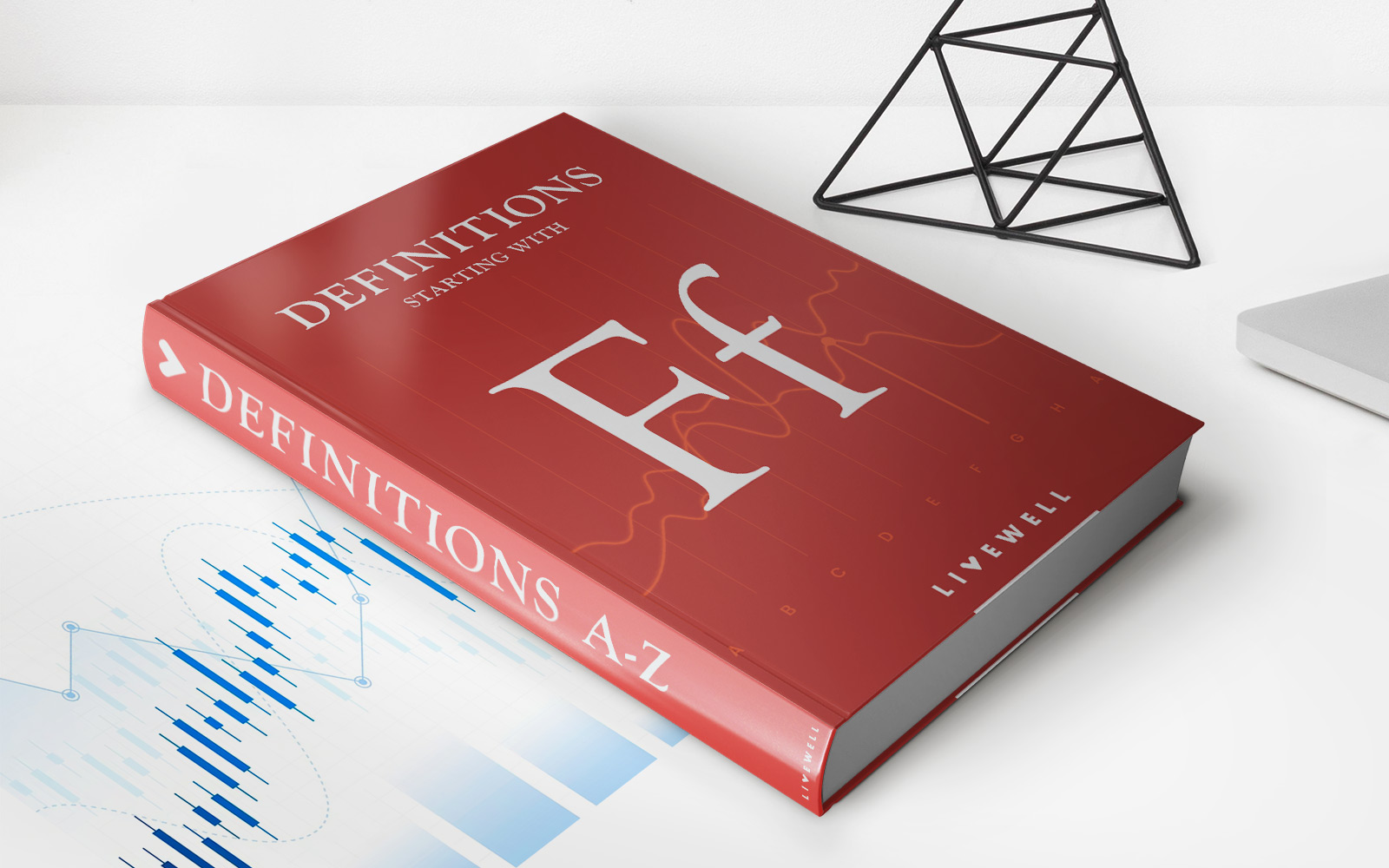Home>Finance>Interest Rate Swap: Definition, Types, And Real-World Example
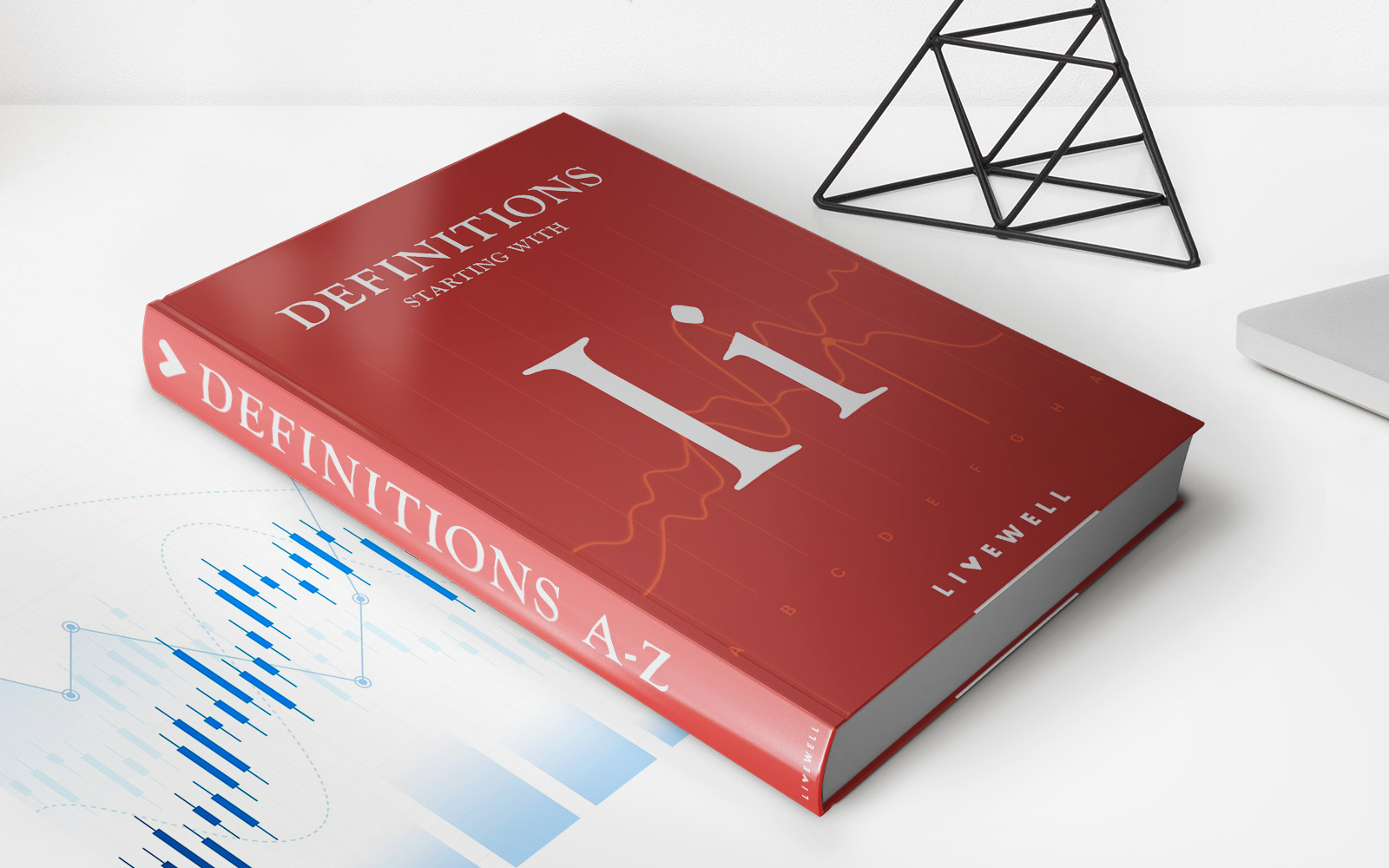

Finance
Interest Rate Swap: Definition, Types, And Real-World Example
Published: December 11, 2023
Learn about interest rate swaps in finance, including its definition, types, and a real-world example. Understand how this financial derivative is used by businesses to manage interest rate exposure.
(Many of the links in this article redirect to a specific reviewed product. Your purchase of these products through affiliate links helps to generate commission for LiveWell, at no extra cost. Learn more)
Welcome to the world of finance!
Today, we will delve into one of the most intriguing financial instruments – the Interest Rate Swap. Whether you’re a finance enthusiast, a student, or someone looking to expand their knowledge in the field, this blog post will provide you with a comprehensive understanding of what interest rate swaps are, the different types available, and a real-world example to illustrate their practical application.
Key Takeaways:
- An interest rate swap is a financial contract between two parties who agree to exchange interest rate cash flows over a predetermined period.
- Interest rate swaps come in various types, such as fixed-for-floating, floating-for-floating, and basis swaps, providing flexibility to meet the specific needs of the parties involved.
Now, let’s begin our journey into the fascinating world of interest rate swaps.
Before we delve into the complexities, let’s start with a simple definition. An Interest Rate Swap is a financial contract between two parties, often banks or financial institutions, where they agree to exchange interest rate cash flows based on a specified notional amount.
Interest rate swaps are widely used to manage interest rate risks, hedge against fluctuations, and tailor debt portfolios to specific needs. The flexibility and customization options provided by interest rate swaps make them an indispensable tool in the world of finance.
Types of Interest Rate Swaps:
Interest rate swaps come in various types, catering to different requirements and risk management strategies:
- Fixed-for-Floating Swap: In this type of swap, one party agrees to pay a fixed interest rate, while the other party pays a floating interest rate, typically based on an index like LIBOR.
- Floating-for-Floating Swap: In this type of swap, both parties agree to pay a floating interest rate, but based on different reference rates. This allows for the exchange of interest rate exposure tied to different underlying assets.
- Basis Swap: This swap involves the exchange of interest payments based on two different floating rates, creating an opportunity for parties to manage basis risk.
Now, let’s put theory into practice with a real-world example.
Real-World Example:
Imagine two companies, Company A and Company B. Company A has borrowed capital at a floating interest rate but wants to manage the risk associated with rising interest rates. On the other hand, Company B has borrowed capital at a fixed interest rate and would like to take advantage of lower rates.
Company A and Company B can enter into an interest rate swap agreement. In this scenario, Company A will pay a fixed interest rate to Company B, while Company B will pay a floating interest rate to Company A, indirectly converting their loans’ interest rate terms. This arrangement allows both companies to effectively manage their interest rate exposure and align their debt portfolios with their risk management strategies.
By understanding the concept of interest rate swaps, their types, and their real-world application, you now have a solid foundation to navigate the intricate world of finance. Remember, knowledge is power, and the more you learn, the better equipped you become at making informed financial decisions.
So, dive in, explore, and continue expanding your financial knowledge. The world of finance is waiting for you!


